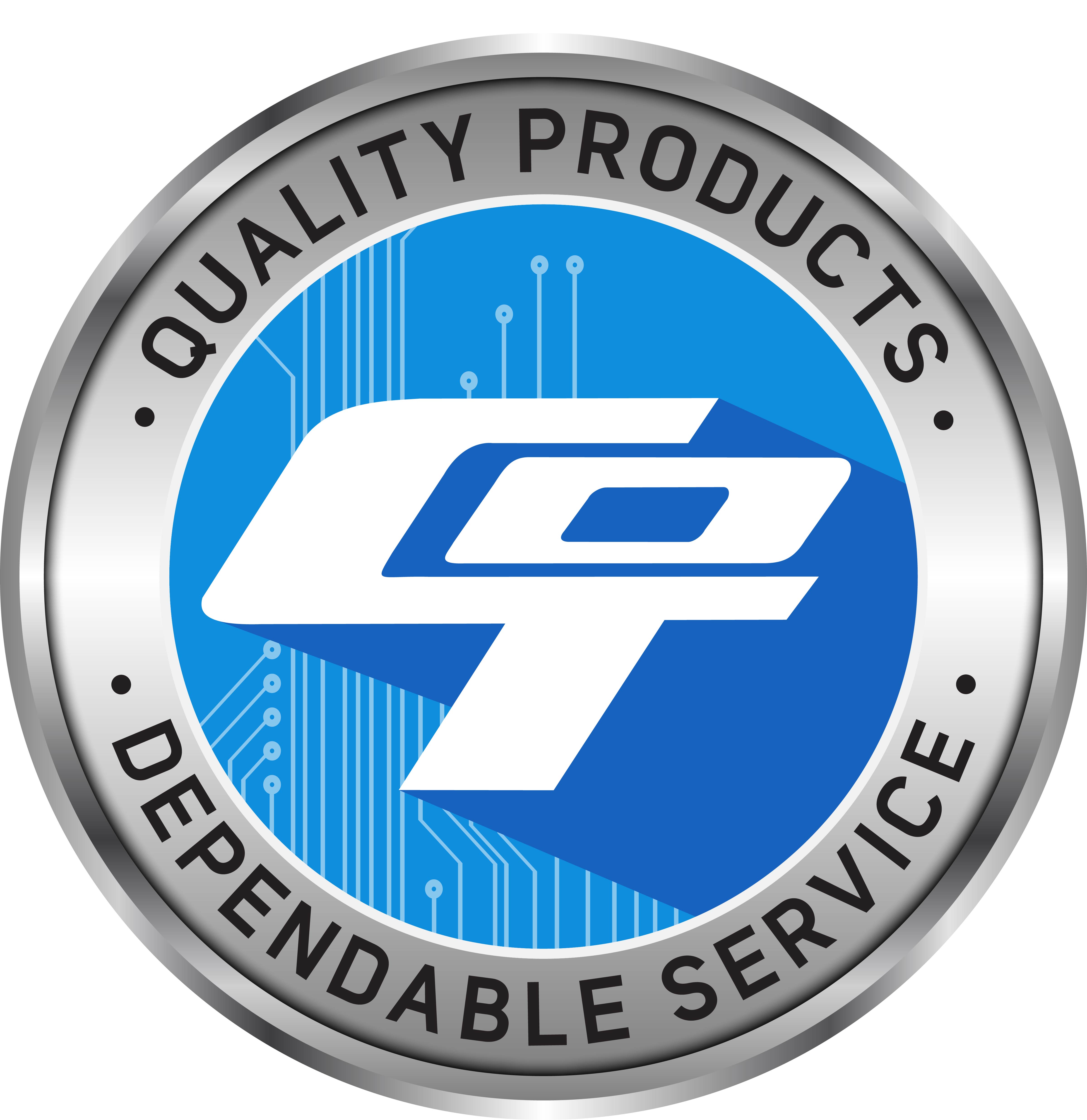Technical Library | 1999-05-07 10:47:00.0
White residue remaining after cleaning circuit board assemblies can be caused by a variety of chemicals and reactions. Rosin and water-soluble fluxes, circuit board resins and epoxies, component materials and other contamination all contribute to this complex chemistry. This paper discusses many of the sources of the residues that seem to be an ever-increasing occurrence.
Technical Library | 2023-02-13 18:56:42.0
This paper describes the results of an intensive whisker formation study on Pb-free assemblies with different levels of cleanliness. Thirteen types of as-received surface-mount and pin-through-hole components were cleaned and intentionally contaminated with solutions containing chloride, sulfate, bromide, and nitrate. Then the parts were assembled on double-sided boards that were also cleaned or intentionally contaminated with three fluxes having different halide contents. The assemblies were subjected to high-temperature/high-humidity testing (85_C/85% RH). Periodic examination found that contamination triggered whisker formation on both exposed tin and solder fillets. Whisker occurrence and parameters depending on the type and level of contamination are discussed. Cross-sections were used to assess the metallurgical aspects of whisker formation and the microstructural changes occurring during corrosion.
Technical Library | 2022-12-19 18:59:51.0
Material and Process Characterization studies can be used to quantify the harmful effects that might arise from solder flux and other process residues left on external surfaces after soldering. Residues present on an electronic assembly can cause unwanted electrochemical reactions leading to intermittent performance and total failure. Components with terminations that extend underneath the package can trap flux residue. These bottom terminated components are flush with the bottom of the device and can have small solderable terminations located along the perimeter sides of the package. The clearance between power and ground render high electrical forces, which can propagate electrochemical interactions when exposed to atmospheric moisture (harsh environments). The purpose of this research is to predict and understand the functional performance of residues present under single row QFN component packages. The objective of the research study is to develop and collect a set of guidelines for understanding the relationship between ionic contamination and electrical performance of a BTC component when exposed to atmospheric moisture and the trade-offs between electrical, ionic contamination levels, and cleanliness. Utilizing the knowledge gained from undertaking the testing of QFN components and associated DOE, the team will establish a reference Test Suite and Test Spec for cleanliness.
Technical Library | 2018-05-09 22:15:29.0
Creep corrosion on printed circuit boards (PCBs) is the corrosion of copper metallization and the spreading of the copper corrosion products across the PCB surfaces to the extent that they may electrically short circuit neighboring features on the PCB. The iNEMI technical subcommittee on creep corrosion has developed a flowers-of-sulfur (FOS) based test that is sufficiently well developed for consideration as an industry standard qualification test for creep corrosion. This paper will address the important question of how relative humidity affects creep corrosion. A creep corrosion tendency that is inversely proportional to relative humidity may allow data center administrators to eliminate creep corrosion simply by controlling the relative humidity in the data center,thus, avoiding the high cost of gas-phase filtration of gaseous contamination. The creep corrosion relative humidity dependence will be studied using a modified version of the iNEMI FOS test chamber. The design modification allows the achievement of relative humidity as low as 15% in the presence of the chlorine-releasing bleach aqueous solution. The paper will report on the dependence of creep corrosion on humidity in the 15 to 80% relative humidity range by testing ENIG (gold on electroless nickel), ImAg (immersion silver) and OSP (organic surface preservative) finished PCBs, soldered with organic acid flux.
| 1 |

COT specializes in high quality SMT nozzles and consumables for pick and place machines. We provide special engineering design service of custom nozzles for those unique and odd components.
2481 Hilton Drive
Gainesville, GA USA
Phone: (770) 538-0411